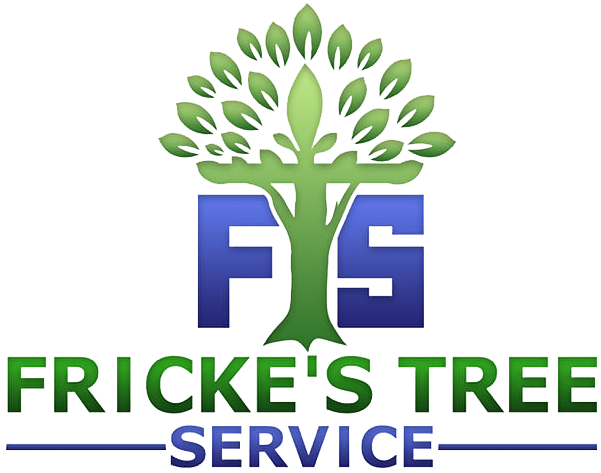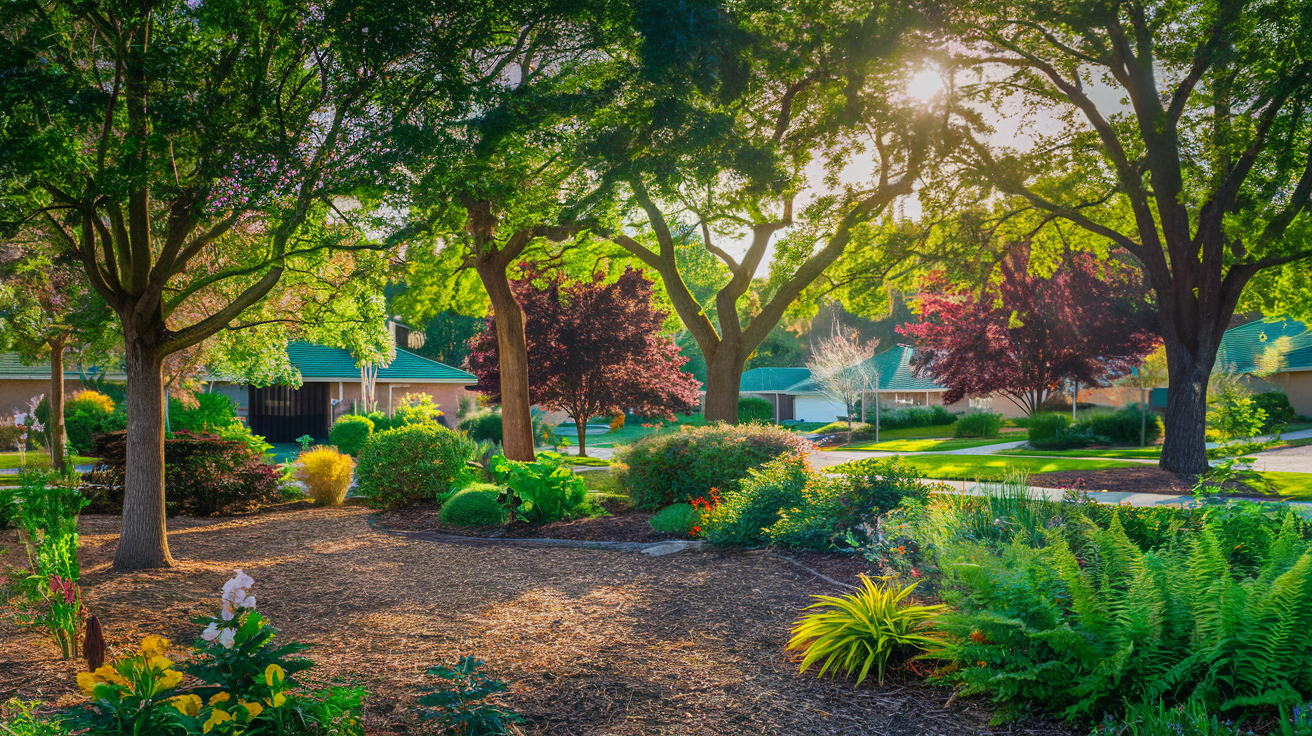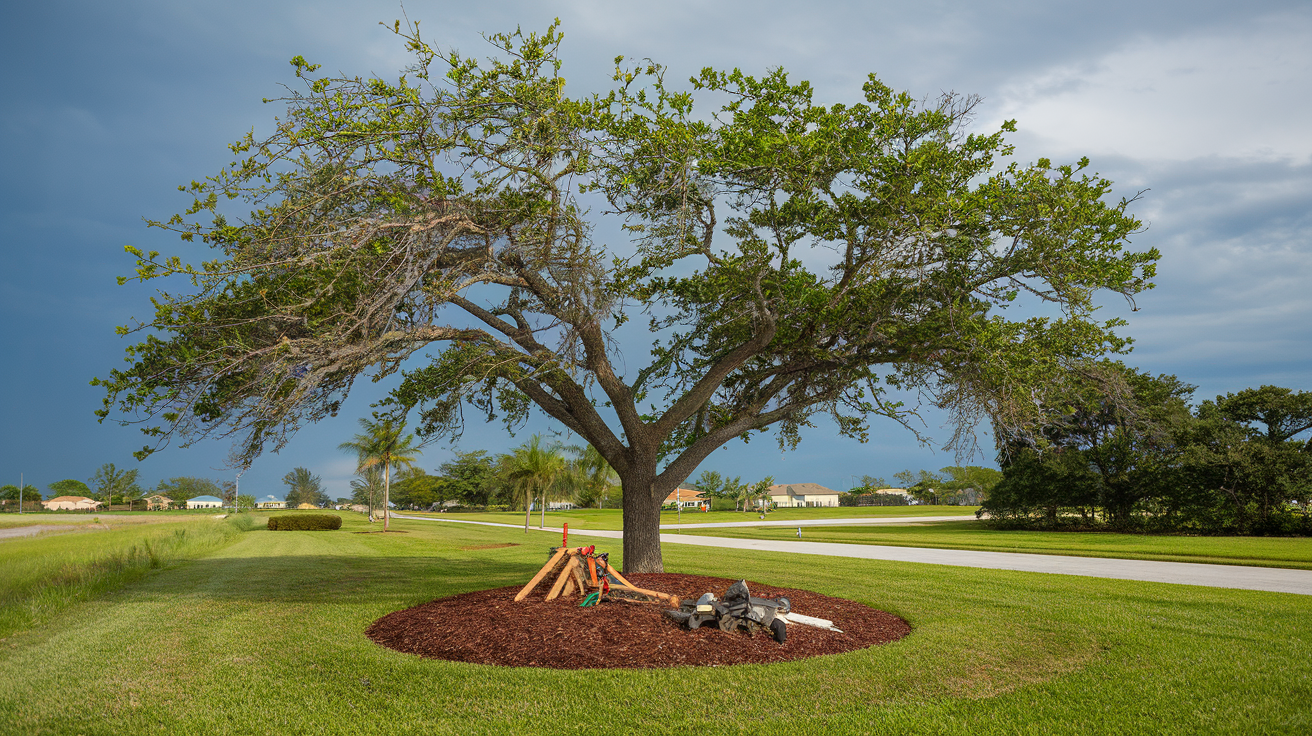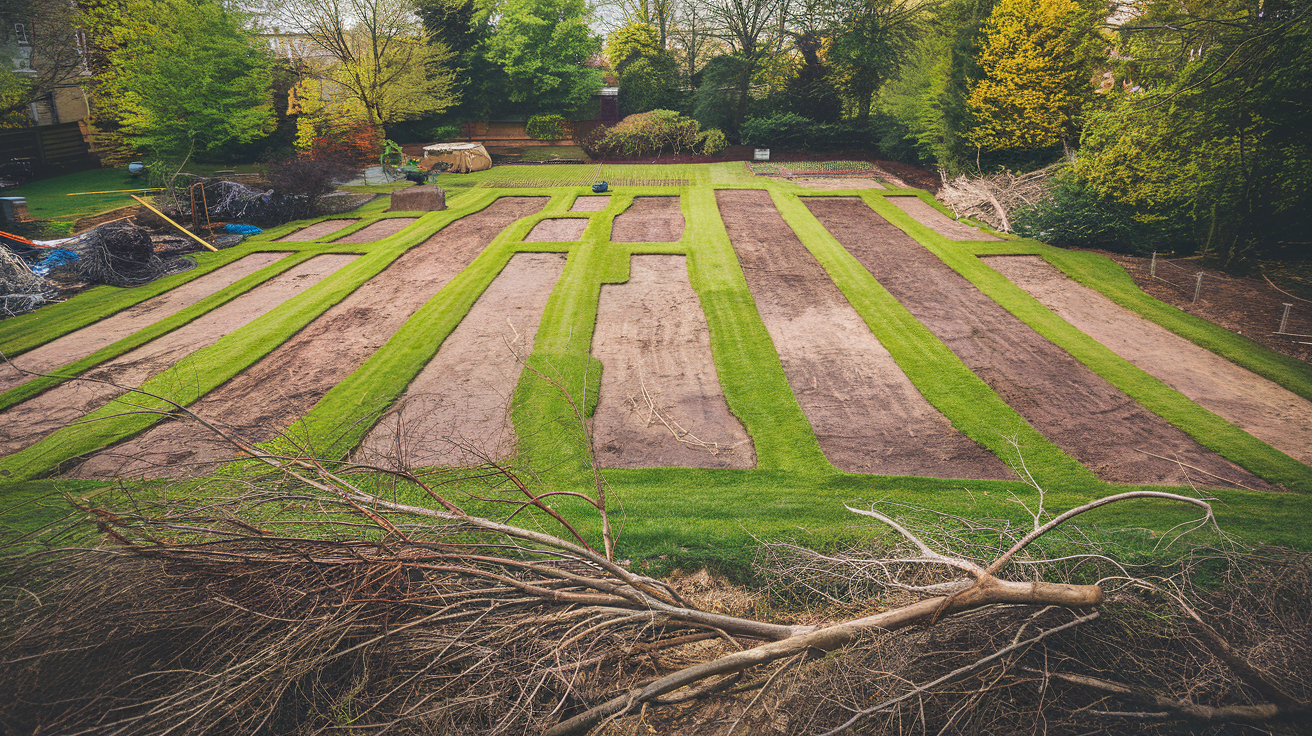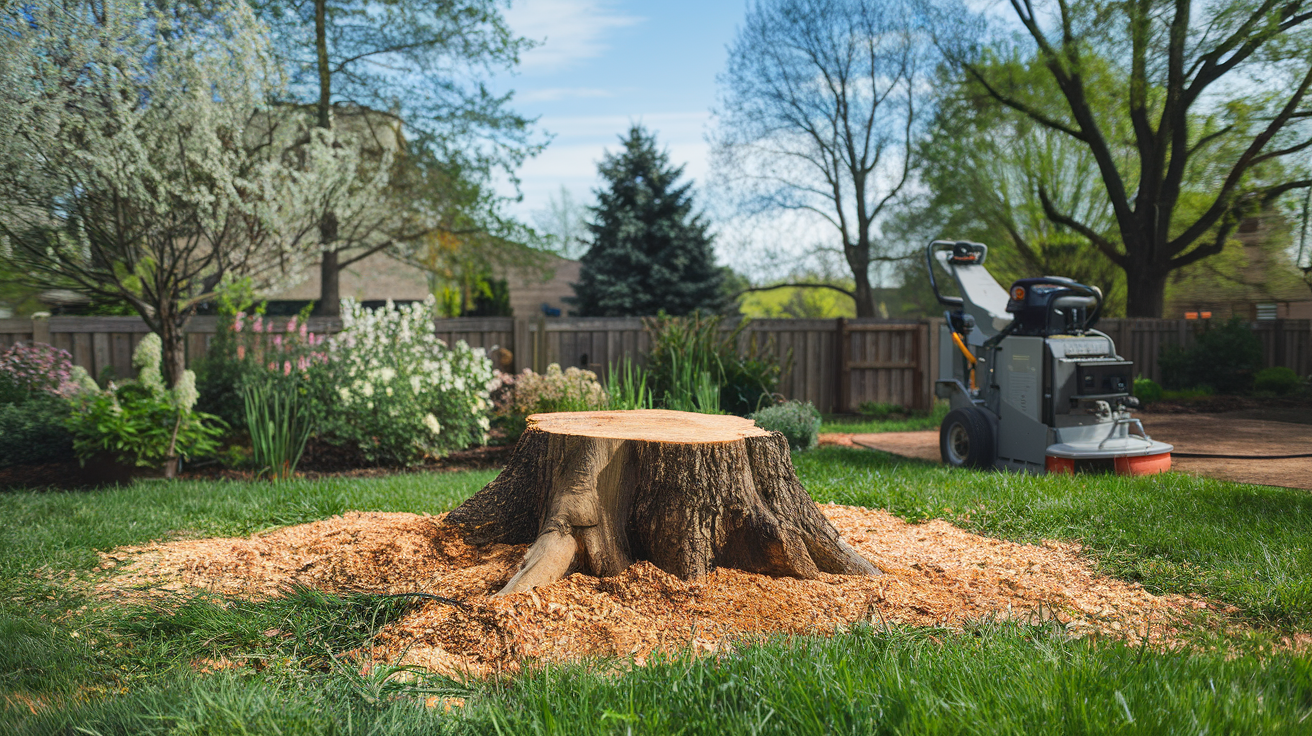Fricke's Tree Service
Understanding the True Costs of Waiting to Remove Trees
The Hidden Costs of Delaying Tree Removal
Understanding the Importance of Timely Tree Removal
When it comes to maintaining a healthy landscape, tree removal is often a necessary step that homeowners may overlook. While it might seem like a daunting task, delaying tree removal can lead to a variety of hidden costs that can affect both your property and your finances. In this post, we will explore the various implications of postponing tree removal and why it’s crucial to address this issue promptly. Trees are not just a part of your landscape; they are living organisms that require care and attention. Ignoring their needs can result in consequences that extend far beyond the immediate aesthetic concerns.Why Trees Need to Be Removed
There are several reasons why a tree may need to be removed, including:- Diseased Trees: Trees that are infected with diseases can pose a risk to surrounding vegetation. These diseases can spread quickly, affecting not just the sick tree but also its neighbors, leading to a cascade of problems in your garden.
- Dead or Dying Trees: These trees can become hazardous, especially during storms. A dead tree is a ticking time bomb, waiting for the right conditions to fall and cause damage.
- Structural Damage: Roots can damage foundations, sidewalks, and driveways. This can lead to costly repairs and may even affect the safety of your home.
- Overcrowding: Trees that are too close together can compete for resources. This competition can stunt their growth and lead to unhealthy trees that are more susceptible to disease.
The Financial Implications of Delaying Tree Removal
One of the most significant costs associated with delaying tree removal is financial. Here are some of the hidden costs you may incur:1. Property Damage
Neglecting to remove a hazardous tree can lead to severe property damage. Falling branches or entire trees can:- Cause damage to your home or vehicle. The cost of repairs can quickly add up, leading to unexpected financial strain.
- Require costly repairs that could have been avoided. Investing in timely tree removal can save you from larger expenses down the line.
- Impact your homeowner's insurance premiums. Insurance companies may raise your rates if they perceive your property as a higher risk due to hazardous trees.
2. Increased Removal Costs
As trees grow, the complexity of their removal increases. This can lead to:- Higher labor costs due to the need for specialized equipment. Larger trees require more manpower and advanced tools to safely remove.
- Additional fees for cleanup and disposal of larger tree sections. The more extensive the tree, the more complicated the cleanup process becomes.
- Potential for emergency services if the tree falls unexpectedly. This can lead to even higher costs if you need to call in professionals on short notice.
3. Impact on Property Value
Overgrown or dead trees can significantly decrease your property’s value. Potential buyers may:- View the property as a liability. A property with hazardous trees can deter buyers, making it harder to sell.
- Factor in the cost of tree removal when making an offer. This can lead to lower offers than you might expect.
- Be deterred by the aesthetic impact of unhealthy trees. First impressions matter, and a neglected landscape can turn potential buyers away.
Environmental Considerations
Delaying tree removal can also have environmental repercussions. Here are some factors to consider:1. Pest Infestations
Dead or dying trees can attract pests, which may spread to healthy trees and plants. This can lead to:- Increased pest control costs. Dealing with infestations can be expensive and time-consuming.
- Damage to surrounding vegetation. Healthy plants can suffer as pests spread, leading to a decline in your garden's overall health.
- Long-term ecological imbalances. The introduction of pests can disrupt local ecosystems, affecting wildlife and plant life.
2. Soil Erosion
Tree roots play a crucial role in stabilizing soil. When trees are removed too late, you may face:- Increased soil erosion, leading to landscape degradation. This can result in loss of valuable topsoil and affect the health of your garden.
- Higher costs for soil restoration and landscaping. Restoring eroded land can be a costly and labor-intensive process.
Health and Safety Risks
Another critical aspect of delaying tree removal is the health and safety risks involved. Consider the following:1. Personal Injury
Hazardous trees can pose a significant risk to you and your family. Falling branches can lead to:- Serious injuries or even fatalities. The risk of injury increases significantly if a tree falls unexpectedly.
- Liability issues if someone is injured on your property. You could be held responsible for injuries caused by hazardous trees, leading to legal complications.
2. Fire Hazards
In dry seasons, dead trees can become fire hazards. This can result in:- Increased risk of wildfires. A single spark can ignite a dead tree, leading to devastating consequences.
- Higher insurance premiums due to fire risk. Insurance companies may charge more if your property is deemed at risk for fire.
How to Identify When Tree Removal is Necessary
Recognizing the signs that a tree needs to be removed is essential. Look for:- Visible decay or damage to the trunk. Cracks, splits, or hollow areas can indicate a tree is compromised.
- Dead branches or leaves that do not bloom in spring. If a tree fails to produce new growth, it may be time for removal.
- Roots that are visibly damaged or exposed. This can indicate instability and a higher risk of falling.
Steps to Take for Tree Removal
If you’ve identified a tree that needs to be removed, follow these steps:- Consult a Professional: Always seek advice from a certified arborist. They can assess the tree's condition and recommend the best course of action.
- Get an Estimate: Understand the costs involved in the removal process. This will help you budget accordingly and avoid surprises.
- Schedule the Removal: Plan for a time that minimizes disruption to your property. Consider weather conditions and your schedule to ensure a smooth process.
Conclusion: Don’t Delay, Act Now!
Delaying tree removal can lead to a multitude of hidden costs, from financial burdens to safety risks. By addressing tree issues promptly, you can protect your property, enhance its value, and ensure a safe environment for your family. If you suspect that a tree on your property needs to be removed, don’t hesitate to reach out for professional help. Taking action now can save you from more significant problems in the future. To request an estimate for tree removal services, please visit this link. Your landscape deserves the best care, and timely tree removal is a crucial part of that care.SHARE POST
RECENT POSTS
Interested in Our Services?
Get in touch today to discuss your next project and we will happy to answer any questions and provide you with a no-obligation FREE Estimate.
